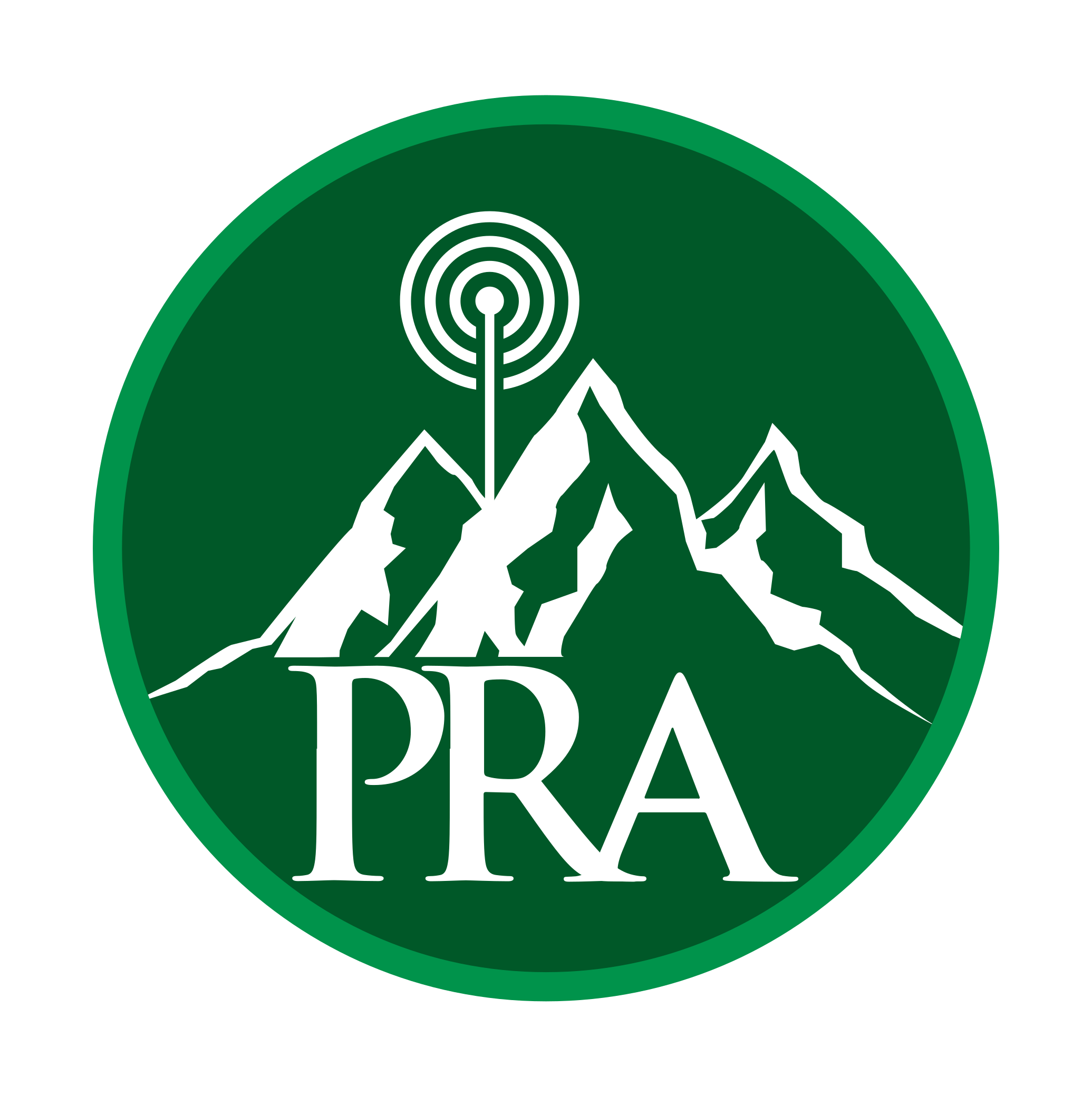by Mike – ADØWB
Radio Frequency Interference (RFI).
- What is it?
- Do I have it?
- What can be done about it?
These are common questions asked by ham radio operators all over the world. Interfering noise is an ever-increasing problem nowadays. RFI can and does adversely affect amateur radio stations. Any additional unwanted noise signals received by a station will reduce the ability to hear those weaker signals that may be desirable.
There are many sources of RFI. For example, very often, we see RFI coming from small, cheap, switch mode power supplies (SMPS). This is often characterized by narrow, sharp noise spikes evenly spaced across the receive band. Power line noise, on the other hand, is more often wide band – in many cases affecting several ham bands. Some describe power line noise as a raspy buzz, or like ‘bacon frying’.
Power line noise is an extremely common issue. Many communities are served by overhead power lines. There are numerous connections, insulators, lightning arrestors, and ground connections throughout these systems. Any of these could deteriorate. These poor connections can arc, resulting in noise that can be radiated by the power lines themselves over great distances. Thankfully, power companies are generally quite responsive, correcting these issues once identified.
The first step in hunting for sources of RFI would be to eliminate anything within our own QTH. Many of us have numerous devices that could be potential emitters. An easy way to determine if this is an issue within our own QTH, is to connect a radio to a battery power source and turn off the main breaker to the house. Monitoring the radio, if the noise dissipates, that would be a pretty good indication that it is coming from within the home. Next would be to restore power to individual circuits to locate the circuit in which the offending component is connected. Then unplug individual components until the source is located. Be aware of items that have battery backups.
Another method is Direction Finding (DF) using an AM receiver, preferably with a directional antenna. Antenna options include loops, Yagis, and flags. Depending on conditions, a preamp and/or attenuator can be beneficial. This method can be used indoors and is quite effective for sources outside the home.
Once the source is identified, the RFI in many cases can be significantly reduced by wrapping the device’s power cables around quality ferrites. Mix 31, 43, and 75 can be good choices for HF frequencies. In general, increasing wraps will provide better suppression.
If the noise is emanating from a neighbor’s home, things can get a little ‘interesting’. The diagnostic procedures are the same. It certainly helps to have a good rapport with your neighbors.
The Federal Communications Commission (FCC) is the regulatory agency charged with maintaining the licensed radio frequencies to be free from harmful radio frequency interference. The FCC has numerous rules and regulations that address RFI concerns. Part 15 and Part 18 specify that it is the responsibility of the operator of an offending device to assure that it is operating within the FCC specifications. The ARRL also provides excellent information regarding RFI. Resolving RFI issues at the local level is generally preferred. However, forwarding complaints to the FCC may be necessary.
